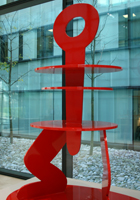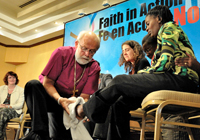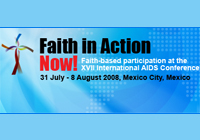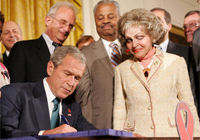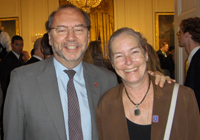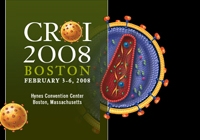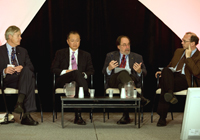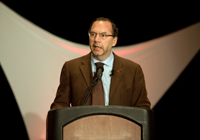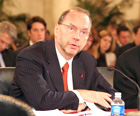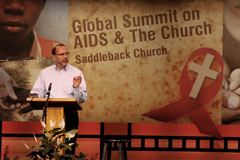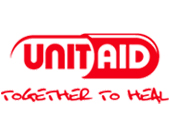 The annual Jackson Hole Film festival
The annual Jackson Hole Film festival
(JHFF) begins on 6 June in Wyoming,
United States of America.
The annual Jackson Hole Film festival (JHFF) begins on 6 June in Wyoming, United States of America.
This leading independent film festival has always been committed to creating a platform for global inspiration and change. In this, it’s fifth year, it is inviting senior UN officials to discuss ways to engage the world on neglected issues with media figures and members of the film industry.
In addition to the screening of 100 independent films and documentaries, the Festival is hosting the first Global Insight summit in partnership with the United Nations. UN Secretary-General Ban Ki-moon will open the event which takes place Saturday 7 June 2008 which will be open to the public.
The aim of this event is to host a dialogue on critical global issues. The Festival organizers hope that Global Insight summit be a meaningful forum for exchange between senior UN officials and writers, producers and directors from film and television.
Children and HIV
UNAIDS Deputy Executive Director Deborah Landey will moderate a panel on children and HIV.
The numbers are stark. Half of all new HIV infections worldwide are in young people aged 15-24. Large numbers of young people are sexually active at an early age, are not monogamous, and do not use condoms regularly. Young people may not always be able to negotiate safe sex and in addition, may experiment with alcohol and drugs, including injection drugs, which further expose them to HIV.
The mass media has an important role to play in promoting greater awareness and understanding of HIV and communicating about its prevention.
Many others are directly affected by AIDS. Over 15 million children under 18 have lost one or both parents to the disease and countless others become responsible for the care of their siblings and other family members when parents are debilitated by poor health. As a consequence children become more vulnerable to poverty, homelessness and school drop-out.
Globally in 2007, 2.1 million children under the age of 15 were living with HIV, 420,000 had been newly infected and 290,000 died due to the disease. Most of these were infected with the virus while still in the womb, during birth or while breastfeeding. Salman Ahmad, renowned Pakistani singer and UNAIDS Special Representative will also participate, sharing how he addresses—through his music and performances—the challenge of stigma against those living with and affected by HIV. Countering stigma and discrimination towards young people living with HIV is vital to ensure their fullest integration and participation in society.
UNICEF Executive Director, Ms Ann Veneman will moderate a panel on children and armed conflict.
Complementing the Summit will be a selection of films that exhibit the power of media to address global issues. Through a juried selection process, the Global Insight Film Award will be given to the film that best demonstrates the use of film to help highlight an important global issue.





